Discover how mapping efforts have extended beyond the Earth to reach many geological bodies throughout the solar system. Check out the wealth of mapped information spanning from Mercury to Pluto, offered by the USGS Astrogeology Science Center. These maps are helping scientists get up close and personal with the planetary bodies of our solar system.
In our unquenchable thirst for knowledge, scientists study these bodies to begin to understand the current geological features, in an effort to determine how they may have formed over time. Let’s take a quick trip around the solar system and explore the variety of maps that are publicly available.
Mercury
Reveal details from the surface of Mercury, the closest planet to the sun. View maps like this colorized shaded-relief of the original DEM of the planet. The MESSENGER spacecraft captured a rich variety of data from Mercury using the Integrated Software for Imagers and Spectrometers (ISIS3), the Mercury Dual Imaging System (MDIS) narrow-angle camera (NAC), and the multispectral wide-angle camera (WAC). These technologies combined to provide a global digital elevation model of the planet.
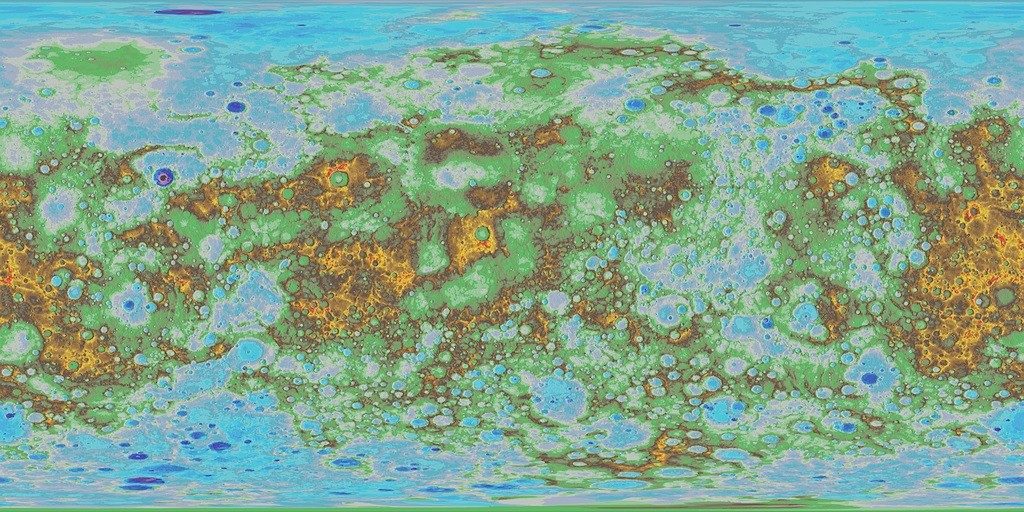
Venus
Visualize the brightest planet in the sky with a little geospatial insight. The thick clouds of Venus reflect much of the sunlight the planet receives, causing it to appear brightly in the night sky. Explore the Global Colorized Topographic Mosaic captured by the Magellan spacecraft launched back in May of 1989. The craft established an orbit around Venus in order to penetrate the thick atmosphere and reveal the hidden geology on the surface of the hottest planet in the solar system.

Our Moon
Obviously the Earth has a large number of maps surrounding the geology and nature of the planet. But have you ever seen a map of Earth’s moon? Probe the countless craters and dive into the history of the moon with a hillshade map. Imagery captured by the Lunar Orbiter Laser Altimeter (LOLA) provides a DEM with geodetically-accurate topographic heights.
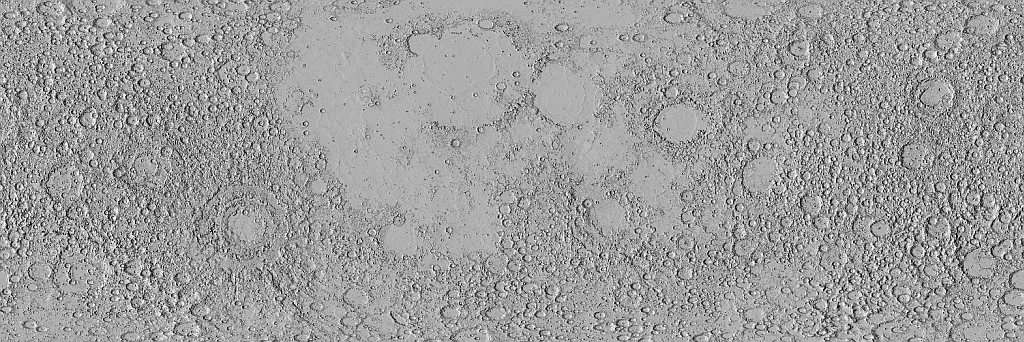
Mars
A hot topic in the planetary realm, Mars is the next destination in the solar system. With rovers currently roaming the surface, proper maps are essential for rover navigation as they study the geology of the planet. In order to keep each rover fully functioning, it’s best to avoid cracking a wheel over the roughest terrain. Therefore, choosing a landing site was key to the mission’s success. GIS has opened the door to new opportunities to explore Mars in depth. Discover more about all the rovers currently on Mars, both active and retired. Also dive into the Mars Global GIS Mapping Application to learn about and toggle various layers including previous rover landing sites, craters, and plenty of mosaicked imagery.
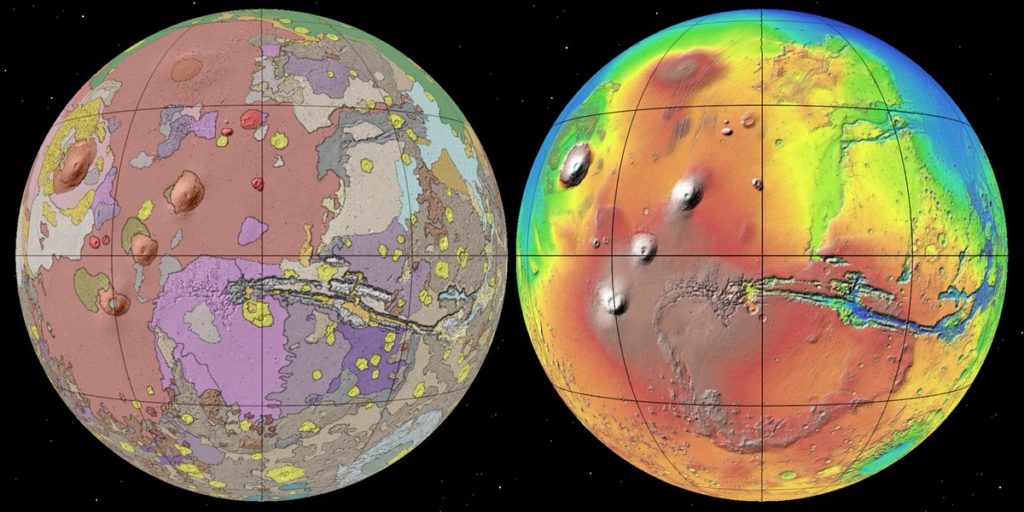
Ceres
Lying between the orbits of Mars and Jupiter, Ceres is the largest object in the asteroid belt. The spacecraft Dawn arrived in 2015 to photograph and document the planetary body. Read more about Ceres from NASA’s official overview.
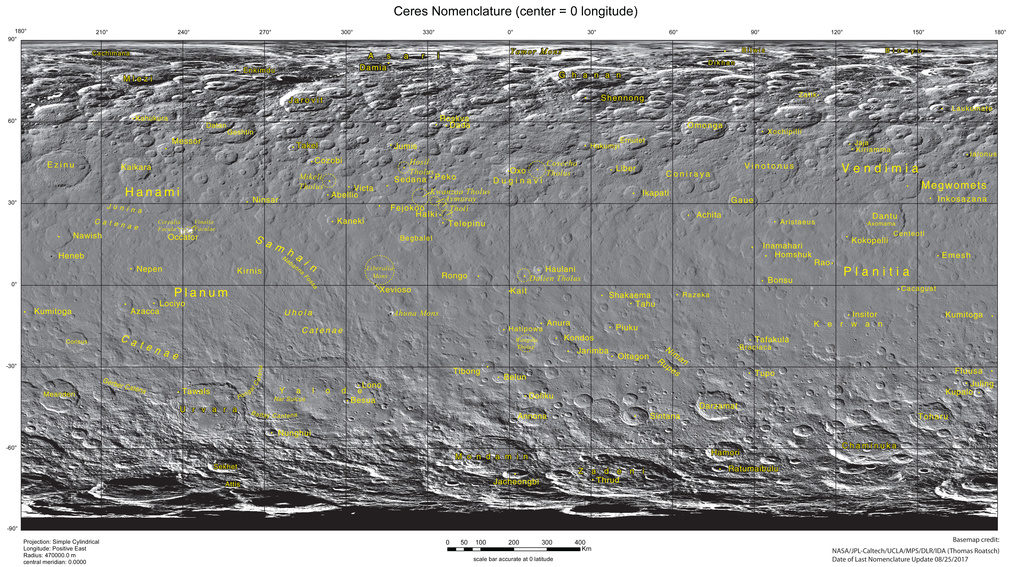
Pluto
Although some may still disagree, the debate was finally settled in 2006 when Pluto officially became a dwarf planet. We now understand much more about this former planet thanks to the 2015 mapping efforts of the New Horizons interplanetary space probe.
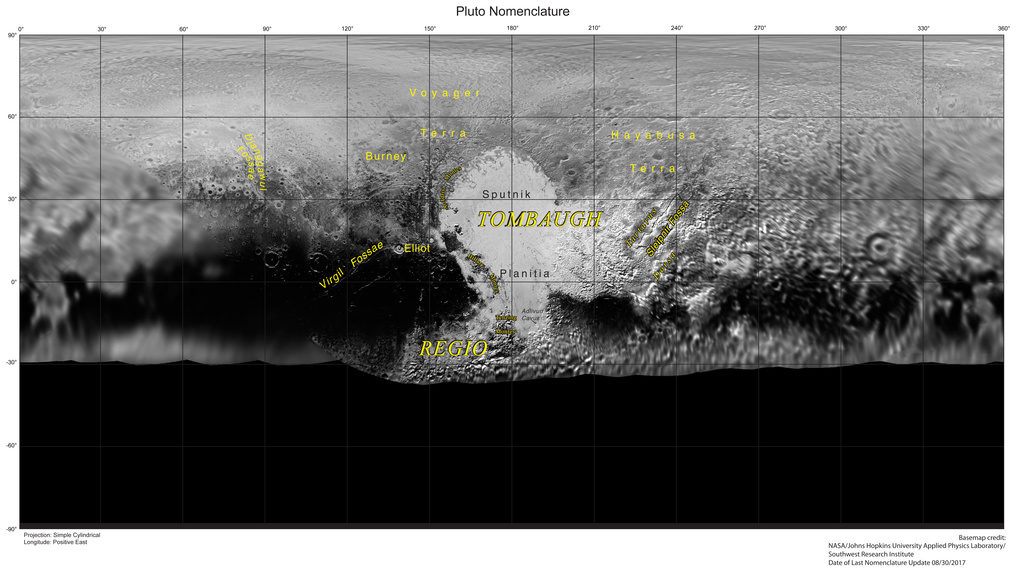
Exploratory missions throughout our solar system have made a large variety of planetary maps available to the public. GIS has helped us study our little corner of the universe in an effort to understand each body’s origin, and study how they may have changed over time. Explore Esri’s Solar System Atlas to learn more about the planets, moons, asteroids, and comets of our solar system. Satellite mapping is allowing us to study extraterrestrial bodies from the comfort of home, offering a brand new view of these strange and distant worlds.
Get Support
Ready to start leveraging the power of maps? Gain a deeper understanding of any map with a little geospatial insight. Learn the lay of the land by contacting our experts to jumpstart your GIS efforts today.



